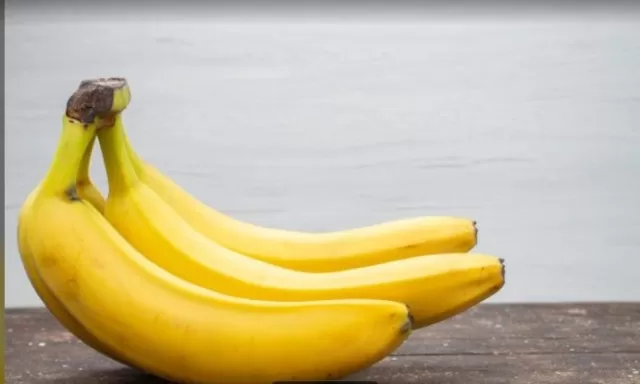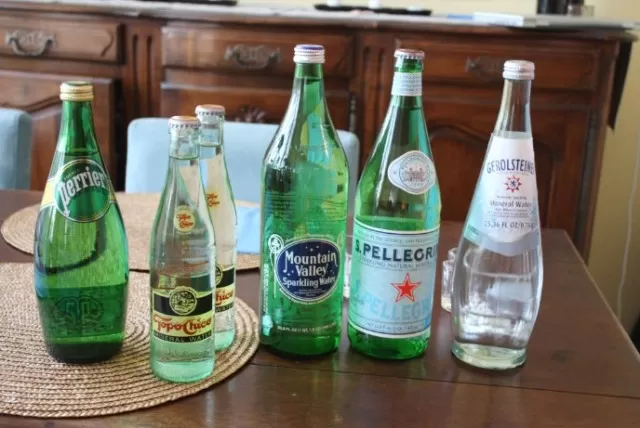Surprising Things That Houseplants Adore (Part 1). While the fundamental needs of houseplants include sunlight, water, and quality soil, there are some unexpected items that can work wonders in helping your indoor green companions flourish.These unconventional tips and items can add an extra layer of care and innovation to your houseplant routine, helping your indoor greenery not only survive but thrive in their cozy indoor environment.
Embrace Cozy Roots: Understanding When Not to Repot Your Houseplants

While the general rule in houseplant care is to repot when roots become cramped, it’s important to recognize that some plants thrive in snug quarters.
In fact, for certain delicate species like African violets or Boston ferns, transplanting can be more harmful than beneficial. Additionally, there are specific plants, such as the peace lily and Christmas cactus, that require a degree of rootbound conditions to stimulate the production of blooms.
For these particular houseplants, allowing their roots to snugly fill their pots can mimic their natural growth conditions, triggering the desired flowering process.
It’s a reminder that not all plants adhere to the same rules, and understanding the individual preferences and needs of your houseplants is essential for their overall health and well-being.
So, in the world of houseplant care, don’t rush to repot Every Time you see cramped roots.
Embrace the idea of cozy roots for some plant varieties, as it can be the key to encouraging vibrant growth and the stunning blooms you desire.
Ice Cube Watering: A Clever Solution for Plant Care
For those who often find themselves struggling with inconsistent watering habits, here’s a handy gardening hack: ice cubes.
This ingenious method offers a practical solution for both forgetful waterers and those prone to overwatering their plants.
Ice cubes, as they melt gradually, provide a slow and controlled release of water.
This characteristic is particularly beneficial for plants that are sensitive to overly moist conditions, as it allows them ample time to absorb the moisture without the risk of waterlogging.
Moreover, using ice cubes simplifies the process of watering hanging plants or pots placed on high shelves.
The risk of spillage is significantly reduced, making it a practical choice for indoor and hard-to-reach plants.
To utilize this technique, simply place a few ice cubes on the top layer of the soil.
Monitor the soil’s moisture level by sticking your finger into it after the ice cubes have melted. If it still feels dry, add a few more cubes as needed.
Ice cube watering not only simplifies plant care but also ensures that your green companions receive the right amount of moisture without the guesswork.
Chill Your Seeds: A Gardener\’s Guide to Stratification

For aspiring gardeners eager to embark on their planting journey, a crucial step often goes unnoticed: seed stratification.
This process replicates the natural chilling experience seeds would encounter if they fell outdoors and endured the winter. To stratify your seeds effectively, follow these steps:.
Check the Seed Packet: Start by examining the information provided on the seed packet.
Look for any guidance regarding whether the seeds require stratification and, if so, for how long. The duration can vary, typically falling within a range of one to three months.
Prepare the Seeds: Place the seeds on a damp paper towel, ensuring they are evenly spread out.
This damp environment is essential for initiating the stratification process.
Secure in a Ziplock Bag: Carefully slide the damp paper towel, along with the seeds, into a ziplock bag.
Seal the bag securely to create a controlled environment for the seeds.
Store in the Fridge: Following the instructions on the seed packet, transfer the sealed ziplock bag to your refrigerator.
The cold temperature will mimic the natural winter conditions that these seeds require for optimal germination.
Monitor for Sprouting: Periodically check the seeds during the stratification period.
If you notice any signs of sprouting, remove them immediately from the fridge. Once seeds begin to sprout, they have completed the stratification process and are ready for planting.
Stratification is a valuable technique for many plant varieties, especially those native to colder climates.
By following these steps and adhering to the guidelines on your seed packet, you can ensure that your seeds receive the necessary cold treatment, setting the stage for successful germination and a bountiful garden.
Boost Your Garden with Green Tea: A Natural Solution for Acid-Loving Plants
For those tending to acid-loving plants in their garden, green tea can be a valuable ally.
tea leaves possess the ability to increase soil acidity while offering additional nutrients that these plants thrive on. Here’s how to make the most of this natural solution:.
Steeped Tea: After brewing a cup of green tea, allow it to cool.
Once it reaches room temperature, pour the cooled, steeped tea directly into the soil around your acid-loving plants. It’s best to water the plant with the tea, as you would with regular water.
This process infuses the soil with the tea’s acidity and beneficial nutrients.
Spent Tea Leaves: Another method is to add the spent tea leaves directly to the soil.
Simply sprinkle the used tea leaves around the base of the plant. Over time, these tea leaves will break down and release their acidity and nutrients into the soil, benefitting your plants.
This natural approach provides your acid-loving plants with the ideal conditions they need to thrive.
By incorporating green tea into your gardening routine, you can create a more favorable environment for these plants, resulting in healthier and more vibrant growth.
Revive Your Houseplants with Sparkling Water

If you find yourself with flat club soda in the fridge, don’t rush to pour it down the drain.
Instead, give your houseplants a boost with it. Surprisingly, according to research from the University of Colorado at Boulder, sparkling water is packed with valuable nutrients such as magnesium, calcium, and potassium.
These nutrients can effectively promote faster and lusher growth in your plants.
To utilize this technique, simply water your houseplants with the flat club soda.
However, it’s crucial to ensure that the water is plain and not flavored or sweetened, as additives can be harmful to your plants. By incorporating flat club soda into your plant care routine, you can rejuvenate and nourish your houseplants, fostering a healthier and more vibrant indoor garden.
*The information is for reference only.